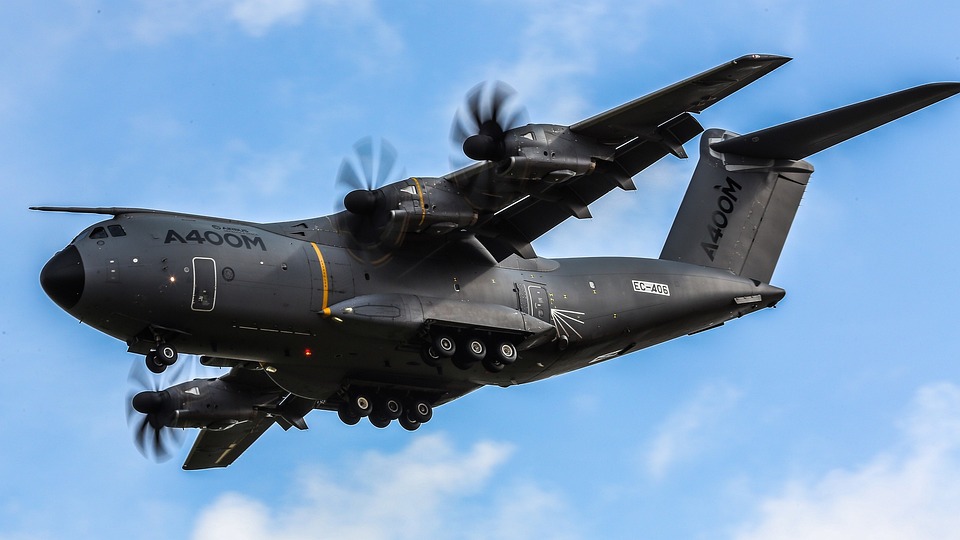Introduction
The world of aviation is on the verge of a revolution as advancements in supersonic and hypersonic aircraft technology promise to reshape how we perceive air travel. Once confined to the realms of science fiction, these faster-than-sound innovations are poised to cut travel times significantly, redefine global connectivity, and challenge traditional norms in the aviation industry. This article explores the developments in supersonic and hypersonic aircraft, their benefits, challenges, and what they mean for the future of air travel.
Understanding Supersonic and Hypersonic Flight
Supersonic flight refers to speeds greater than the speed of sound, approximately 1,125 feet per second (or 768 miles per hour at sea level). Historically popularized by the Concorde, which flew from 1976 until its retirement in 2003, supersonic flight allows aircraft to traverse long distances in markedly reduced time.
Hypersonic flight, on the other hand, exceeds speeds of Mach 5 (about 3,836 miles per hour). This is currently more conceptual and is primarily focused on military applications and space travel, though recent developments suggest a potential for commercial use.
The Technological Landscape
Advancements in Supersonic Aircraft
Many companies are exploring the revival of supersonic travel. Firms like Boom Supersonic are developing aircraft such as the Overture, which aims to carry passengers at Mach 1.7, cutting transatlantic flight times to as little as three hours. These aircraft utilize advanced materials, aerodynamic designs, and more efficient engines, addressing noise and fuel consumption concerns that have historically hindered supersonic flight.
Hypersonic Innovations
While few companies are focused on hypersonic passenger travel, breakthroughs in materials and propulsion systems, such as scramjet technology, show promise for civilian transport. The potential for hypersonic flights could mean reaching any destination on Earth within hours, creating new opportunities for global commerce and tourism.
Benefits of Supersonic and Hypersonic Travel
Reduced Travel Times
The most immediate benefit of supersonic and hypersonic aircraft is the significant reduction in travel time. For instance, a flight from New York to London that typically takes seven hours could be done in under three. This time-saving feature can enhance business efficiency, strengthen global relationships, and make distant destinations more accessible for leisure travelers.
Economic Opportunities
Quicker travel is likely to create a boisterous marketplace. As industries adapt to faster travel, sectors like tourism, business, and logistics could see unprecedented growth. The demand for faster shipping of goods could also lead to new economic models and strengthen supply chains.
Environmental Considerations
While environmentally friendly flight has been a major concern, advancements in fuel efficiency and sustainable aviation fuels (SAFs) are part of the new aircraft designs. Companies are investing in quieter, more fuel-efficient engines, which can mitigate the environmental impact that supersonic travel has historically posed.
Challenges and Concerns
Despite the potential upsides, there are significant challenges facing the implementation of supersonic and hypersonic flight:
Regulatory Hurdles
Noise regulations pose one of the biggest challenges for supersonic aircraft. The sonic boom created when breaking the sound barrier is a substantial barrier to widespread adoption. Efforts to mitigate this noise have led to the development of "quiet" supersonic flight technology, but regulatory approval remains a significant hurdle.
Environmental Impact
Although advances are being made in fuel efficiency, the environmental impact of increased flight frequencies and the carbon footprint of new aircraft designs must be addressed. Balancing faster travel with sustainability will be crucial as the aviation industry evolves.
Safety and Infrastructure
The introduction of supersonic and hypersonic travel will require infrastructure upgrades at airports, including runways capable of handling faster aircraft and improved air traffic control systems. Furthermore, ensuring the safety of new aircraft technology in diverse conditions will require rigorous testing and evaluation.
The Future of Air Travel
As industries adapt and invest in supersonic and hypersonic technologies, a new era of air travel may soon emerge. With increasing globalization, the ability to traverse the globe quickly and efficiently holds the promise of a transformed economic landscape and cultural exchange. As we push against the boundaries of speed in air travel, the dream of conveniently exploring the world could soon be within reach for many.
Conclusion
The revolutionizing potential of supersonic and hypersonic aircraft transcends mere transportation; it embodies the spirit of innovation and connectivity that characterizes our modern era. While challenges remain, the technological advancements in air travel are set to create a paradigm shift that could redefine the way we think about time, distance, and human connection. As we usher in this new age of aviation, the possibilities are truly limitless.
